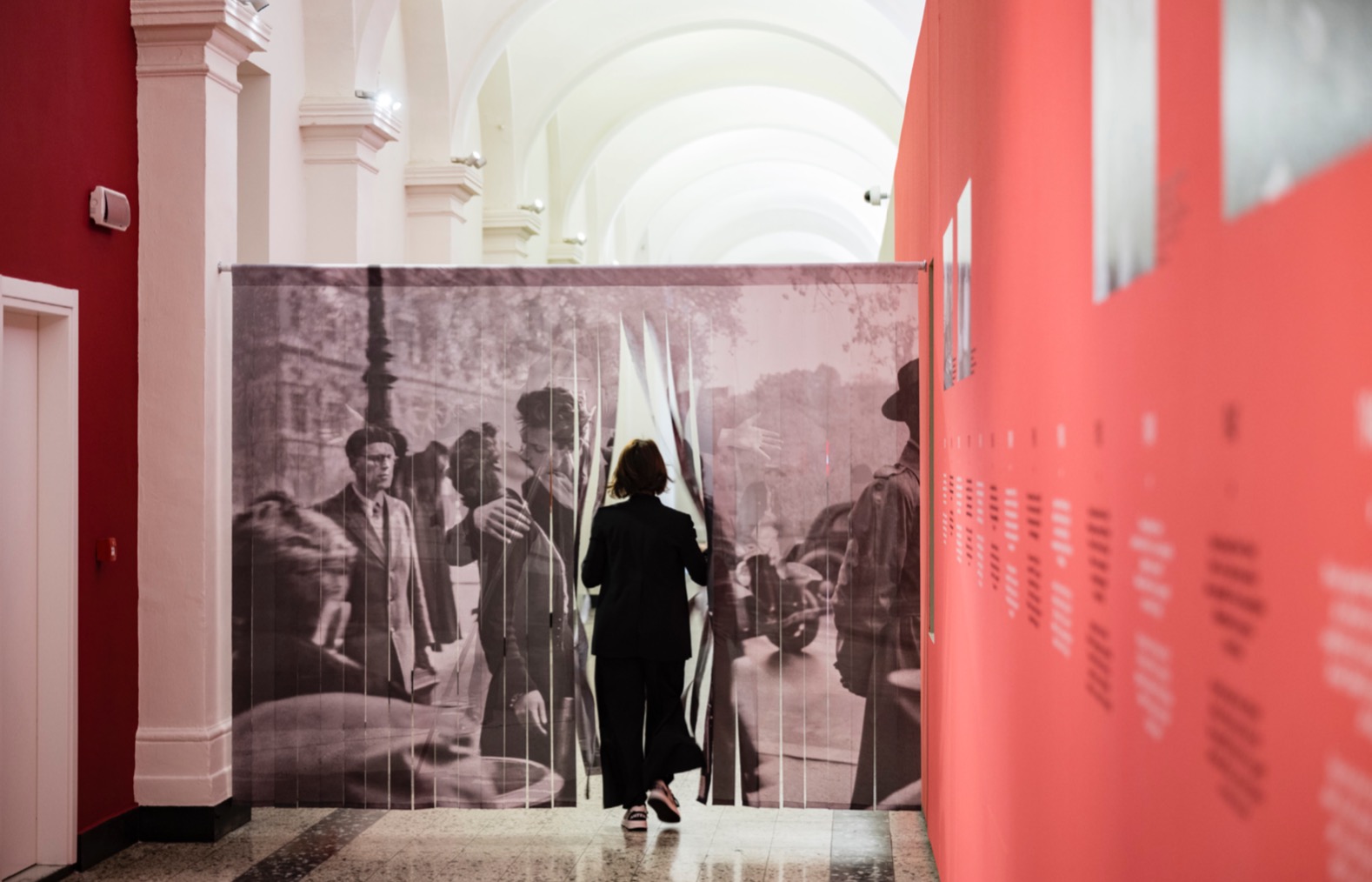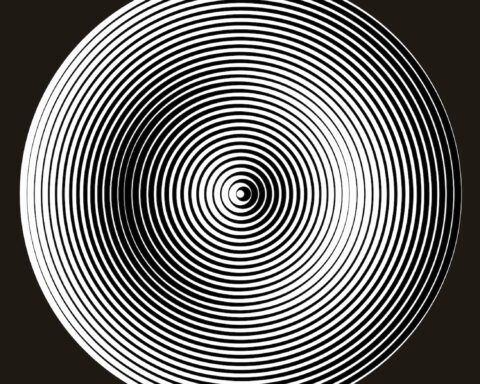Since its inception, it is the invention that most influences us on a daily basis. Photography, officially born in 1839, is today the means of expression and communication without which we could live.
Social networks ask us for more and more data and many of these are often images, ours or of moments we are living. Even artificial intelligence, which steals images from the web and recreates new ones, needs data, especially photographs. So its importance is very clear, it tells us who we are, in it we seek our identity to deliver the best image of ourselves to our friends, relatives, lovers and more generally to our followers. Anxiety about the transience of life is at the basis of the photographic instinct. We want to leave our image in time, and we devour others, immersed in hours and hours of our precious time on the web, surfing in the company of images.
Photography is less and less a cognitive process that offers answers, but remains a language for asking questions about the world - Luigi Ghirri
In the photographic act, the photographer, immortalising the moment, transcends it and covers it with a spiritual aura that goes beyond the limits of physical mortality. The photograph, therefore, satisfies the need to replace the object, through a faithful copy. We have a constant nostalgia for reality but at the same time we are afraid of it and we try to channel it into something we can control. Photography represents the sobered manifestation of embalming, of the need for what is dead to remain among us as much as possible.
That vaguely frightening thing that is in every photograph: the return of the dead. - Roland Barthes
The ‘authentic’ photographic image not only reflects the external world or at least a part of it, but constantly projects the author’s inner world. We can, therefore, also affirm through the many authors who have become spokespersons, that photography since its inception, is the instrument of truth, or rather it was. Having a photo with an idol or of an event meant having proof, telling a truth. But is that still the case now? I’ll tell you, no, it’s not. It is not because, through various projects by some artists and the advance of technology, ever more complex, sophisticated and more faithful to the reproduction of reality software for image processing has emerged. It seems a paradox, but the Spanish artist Joan Fontcuberta carries forward the idea that it is the photographer, just like a deity, who chooses whether to tell the truth or whether to lie.
In his book, The fury of images published by Einaudi in Italy, Fontcuberta places three stages of photographic expression, the first is the impulse to document, the second is self-affirmation (through the selfie), the third, a broader category brings together purposes of the photography, in addition to the utilitarian, celebratory and introspective one, we find the seductive, erotic or pornographic and political power of the image. Photography imposes itself and man progresses to Homo photographicus, in this sense the digital age makes us all lovers of something. Photography becomes discursive and a message to be easily sent in a chat. In the now historical reflection, photography is increasingly a complex element and today, a new art of contemporary man that documents everything and presents itself to the world with its own personal proposal of faith to believe or not, comes to mind, Kafka with “Nothing can deceive as much as a photograph”. This promise of fidelity, first broken by photo editing software and now by artificial intelligence sites such as Dall-e or Midjourney, Dream, StarryAI, Imagen, and Parti, goes to the aid of those who do not want to give in to releases and the use of copyright for the protection of copyright, according to the theory that these works are the result of thousands of artists, photographers and therefore common works.
Photography is truth, and cinema is truth twenty-four times a second. - Jean-Luc Godard
The question that comes to mind is how to separate reality from its faithful reconstruction when more and more proofs are asked of us in certain situations? Everything has to be put back into play.
In the book Joachim Schmid and the photographs of others published by Johan & Levi, the artist places himself in the middle of the discussion addressed so far and with one level less, I could say, that of printed photography, today almost a rarity and only for amateurs and collectors, so, on the one hand, we find the idea of the Duchampian readymade, on the other that of the “death of the author” formulated by Roland Barthes. Having investigated all the photographic practices widespread on a mass level and all the different languages connected to them, Joachim Schmid is probably the person who in recent decades has seen, but above all used, more images than any other man in the world (apart from the artificial intelligence). And so his new, ironic motto today is: “Please don’t stop taking pictures”.
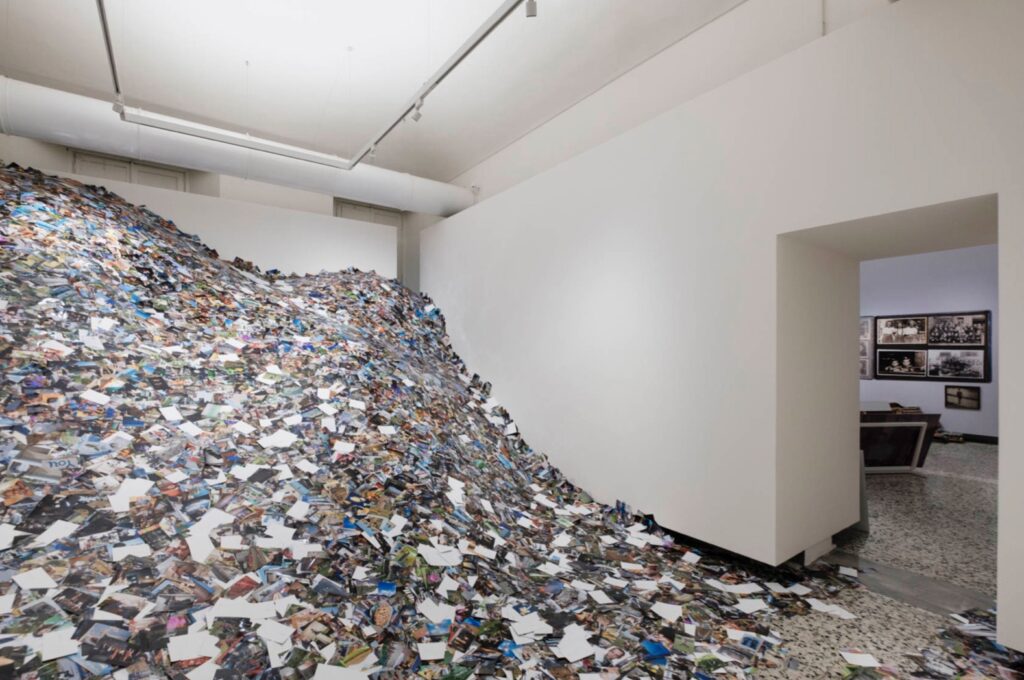
Considering this series of rediscovered photographs as “a museum of photographic waste”, the project redefines the genre of street photography. Most of the photographs were intentionally thrown away, often torn. Today the act of throwing away a photo hardly happens, because the speed with which we face a large part of our life no longer allows the affection of the object portrayed on paper. We therefore consider that this reflection started from a question: does photography lie? “The lie – explains Fontcuberta – is a conscious will to divert the word from the facts. The camera is just a tool.” Without investigating the motivations that lead to the desire to lie or to create fiction, the next point of this reflection on photography is related to collecting. What is the collector’s need today? Is the fear of reproduction always valid? Just like a lover who wants to surround himself with many loves, we could say that the collector demands attention, he wants in a selfish act to be remembered and to have everything for himself. Susan Sontag said Collecting photography is collecting the world. S.S – About photography.
In addition to private collections, which rarely or rarely show the pieces in their possession to the public, the public collections of museums have wider possibilities of being seen through travelling exhibitions. This is why I want to tell you about MUFOCO, the only public museum of contemporary photography in Italy, with an important heritage consisting of a photographic archive and a specialist library.
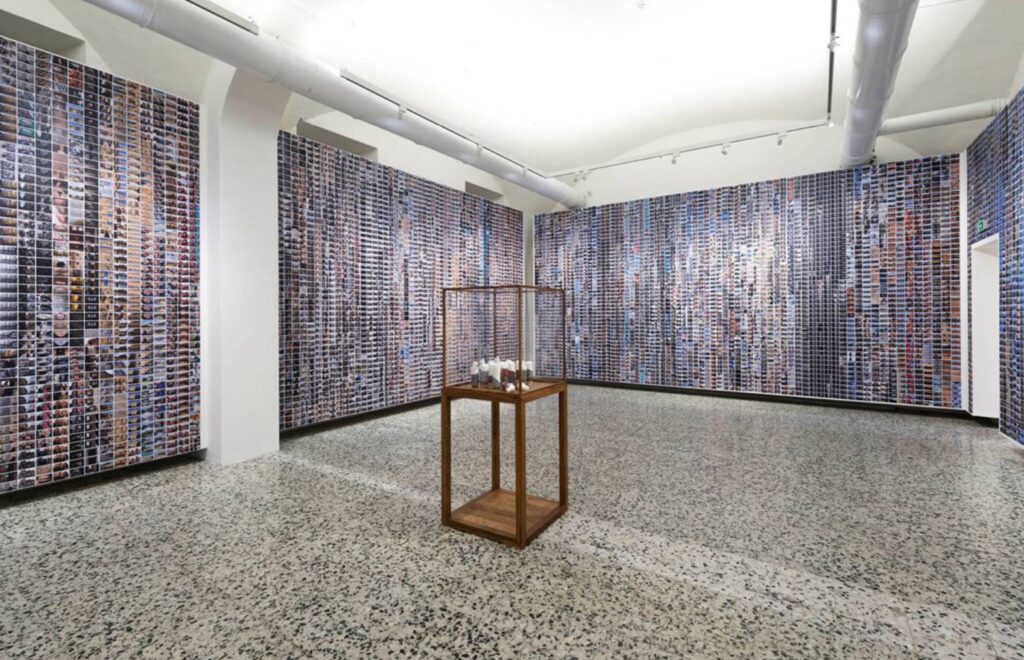
IN ITALY
MUFOCO. The Museum of Contemporary Photography in Cinisello Balsamo near Milan, Italy, founded and opened to the public in 2004, has a photographic heritage of over 2 million images, organized in over 40 photographic collections in which more than 1,000 Italian and foreign authors are represented, active from the Second World War to the present day. Furthermore, the museum has the largest specialist library which has 21,000 volumes.
There are other important centers for photography in Italy, but the MUFOCO is the first public museum, developed by an international scientific committee. Over the years it has become a national point of reference for the conservation of photography, cataloguing, digitization and dissemination. Among the museum’s many notable international guests have been Joan Fontcuberta, Martin Parr and Joachim Schmid.
Finding itself on the outskirts of Milan, it has made its “peripheral” location, an early outpost of the cultural decentralization demands of the late 1990s, a point of identity and strength, an opportunity to experiment with a new idea of a museum, dialogic, in flux, and inclusive in its being militant.
The Museum has promoted and still promotes publicly commissioned projects, to enrich the collections and together contribute to the development of contemporary photographic culture, an objective also pursued through scouting activities and support for youth creativity. Many of the most ambitious activities in these areas have been possible thanks to the constant activity of participation of state bodies and private individuals such as banking foundations.
The Museum of Contemporary Photography welcomes more than 4,000 students who come to the Museum each year from various school levels, from primary school to secondary school, up to academies, and offers education in photography aimed at all levels, thanks to guided tours, thematic itineraries, courses, workshops, itineraries for summer campuses.
Partnerships provide young people with life skills and educational resources. To this end, MUFOCO has established collaboratively designed programs with schools, associations, and community based organizations throughout the city to teach photography, its language, and its history. The dialogue that the image triggers allows students to combine words and awareness with what they see, thus learning to speak in public with the aim of promoting self-esteem, skill development and consequently social change. Each program maintains its own unique focus, typically including photography assignments, analytical assignments, theme-based personal development discussions, related slide presentations, critiques, field surveys, and artist visits. These programs culminate in presentations or small exhibitions celebrating student achievements, such as the exhibition Contemporary Panoramas and Transforming Places.
The archive of the Museum of Contemporary Photography has more than 60,000 digitized and catalogued images, including a portrait of Annie Leibovitz by Robert Mapplethorpe among the great names in international photography.
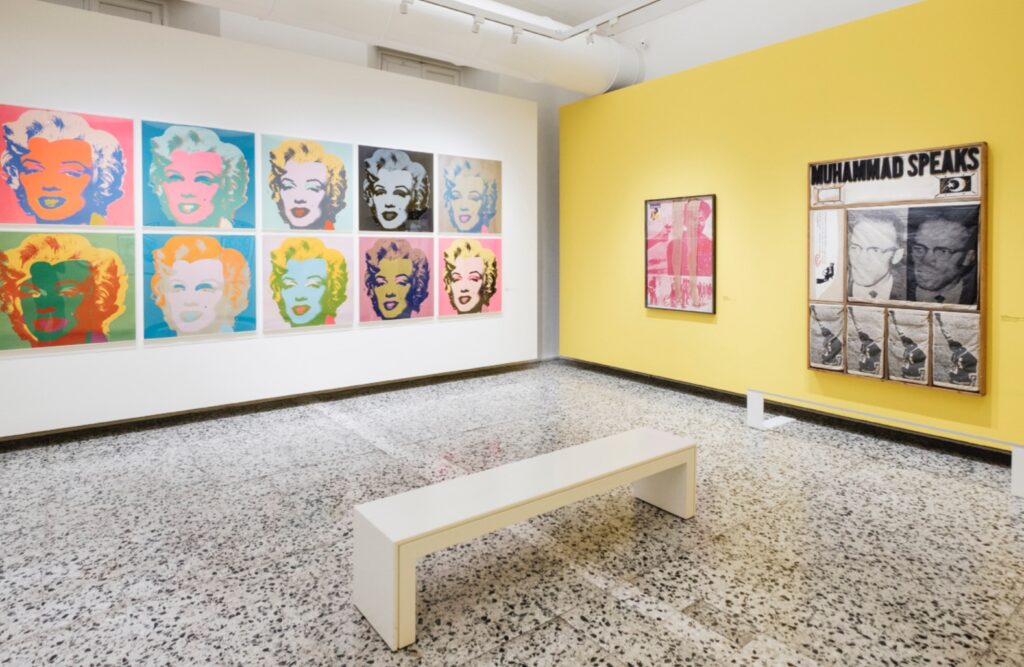
CAMERA. Another important place for photography is CAMERA in Turin, Italy, an international project born in autumn 2015 with a large private partnership, (as stated on the site) which wants to increasingly affirm its connection with the territorial system: a single pole, dedicated to photography, able to strengthen the link between Piedmont and Italy with the main world realities by promoting photography in an open and creative dialogue with artists and institutions.
The objective of disseminating photography is aimed at a wide audience, articulated by type, age and geographical area.
CAMERA is thus a platform for exhibition, production, archiving, training, meeting and debates around photography: a place rooted in the territory and international at the same time, it is located within the block of Santa Pelagia, in the building where the Regia Opera della Mendicità opened the first free schools in the Kingdom of Sardinia. The location is in the city centre between Piazza Vittorio Veneto and Piazza Castello, a few steps from the Mole Antonelliana and many other museums and galleries. The original layout, made up of seven large rooms in sequence flanked by a long corridor with vaulted arches, was the starting point for working on the transformation of the historic environments in order to design, with the Camerana & Partners studio, a contemporary exhibition space suitable for also hosting activities related to teaching and meetings with the public.
With an exhibition area of almost 2,000 square meters, at least three main exhibitions and a series of complementary exhibitions are organized every year, alternating Italian and international experiences. The exhibition programming deals with the different genres and different practices of photography, today increasingly in dialogue with the other disciplines of art and with realities active in the dissemination of culture, nationally and internationally. All exhibitions are produced or co-produced by CAMERA, in association with other Italian and international institutions.
Also in Italy, a new reality dedicated to photography arises, in Venice, on the Island of San Giorgio Maggiore, the new exhibition and research centre ‘Le Stanze della Fotografia’ opens to the public, in the Halls of the Boarding School of the Giorgio Cini Foundation, with the extensive and complete Ugo Mulas retrospective. The photographic operation, curated by Denis Curti.
The joint initiative of Marsilio Arte and the Giorgio Cini Foundation intends to continue the journey begun in 2012 at the Casa dei Tre Oci in Venice, in the belief that photography must also have its own specific home in Venice.
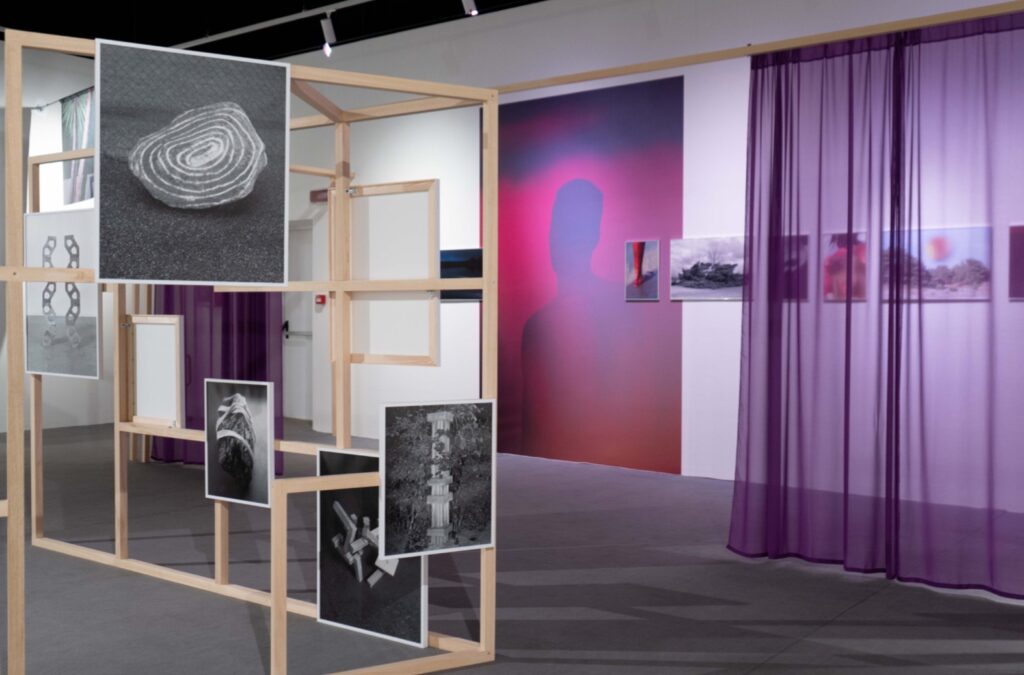
In France
Jeu De Paume. Moving west, a large and important reality dedicated to contemporary art and photography is the Jeu De Paume center, subsidized by the French Ministry of Culture; which benefits from the support of the Jaeger-LeCoultre Manufacture, a privileged patron. It is chaired by Alain Dominique Perrin and directed by Quentin Bajac. All the activities of the Jeu de Paume were born from a profound desire for transversality in the study of visual and image culture, the research or reinvention of meaning in all fields of thought. The topics addressed are explored in the exhibitions or by dealing with new themes, through conferences, seminars and conventions. With its modular educational space, the Jeu de Paume responds to the expectations linked to its activities and confirms its ambition to constitute, for all types of public, an active platform of resources and proposals around image and history education of performance and visual arts. On the Internet, since 2007, the Jeu de Paume has wanted to broaden its field of experimentation and research by developing an online creative space, whose programming brings together artists’ projects created specifically for the web or thematic exhibitions entrusted to curators specialized in digital arts.
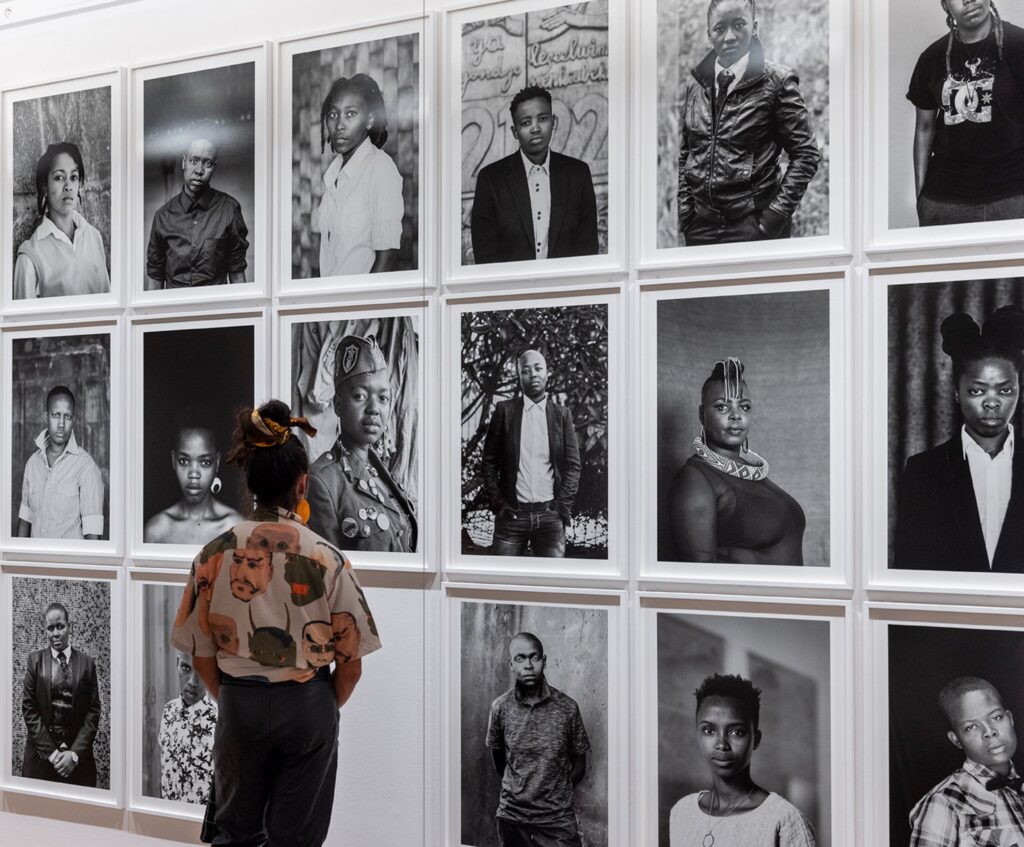
Maison européenne de la photographie. The Maison européenne de la photographie is another important Parisian centre for contemporary photographic art located between the Marais district and the bank of the Seine river. The centre, opened in 1996, is housed in the Hotel Henault de Cantore, built-in 1706 in Rue de Fourcy. The Maison includes an exhibition centre, where thousands of photographs are exhibited, a large library, which collects 30,000 books and 400 periodicals on photography, including some rare editions; an auditorium, where numerous conferences and screenings are hosted; a video library, which features nearly 750 films about photography; a specialized bookshop and an intimate and welcoming Café.
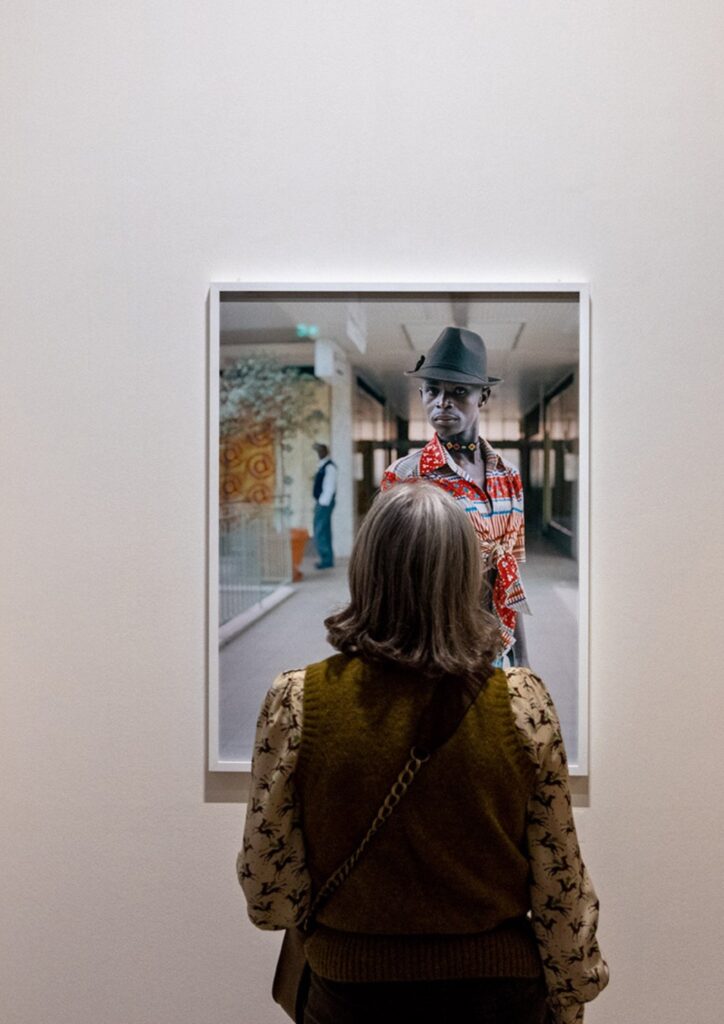
In England
The Photographers’ Gallery. Situated in the heart of Central London, at the gateway to Soho, The Photographers’ Gallery (TPG) is the UK’s foremost centre for the presentation and exploration of photography in all its forms and home to an international community of photographers.
Open 7 days a week, TPG presents a diverse and critically acclaimed program of exhibitions, events, talks, workshops and courses, as well as offering a unique, specialist bookshop, a dedicated space for the discovery and sale of photographic prints and a tranquil café. Established in London’s Covent Garden in 1971, the Gallery has been instrumental in championing the pivotal role of photography in culture and society, and in securing its position as a leading art form, through an inspiring and diverse program of exhibitions, lectures, events, workshops, courses and other activities for anyone interested in photography and its place in the world.
The mission is to support photography for all, while the vision is to stimulate greater understanding and engagement with its value to society and culture.
The centre aims to be the UK’s leading photography gallery with international impact. To be the driving force behind the debate and new thinking on the role of the photographic image in today’s society. Deliver innovative learning, diversity and excellence. Ensure long-term sustainability for the gallery and all its activities
This centre aims to lead the way in showcasing the best of photography for all audiences and to ensure international relevance; encourages passionate debate and new thinking about the role of the photographic image in today’s society, through innovative learning programs and ensures that the Gallery continues to thrive and inspire future generations.
Photography is important and that the stories it tells should be accessible to all, regardless of interest level or where you are from. In Spring 2022, a new partnership with Westminster Council, Soho Photography Quarter, was launched as a way to make our work even more visible and continue to nurture the creative energy of the Soho neighbourhood.
These museums are places for questions, where technological, financial and digital advances have increasingly transformed everyone into photographers; and where a single image can affect change with unprecedented speed and force, exploring, understanding and decoding images has never been more important.
The three words on which these bodies work every day are
Museum: (What is a museum today? And if it makes sense that it exists, without taking it for granted)
Photography: we have seen the connections, the questions and the myriad of answers that are still too open.
Contemporary: What it means to be contemporary (what it means to preserve a contemporary heritage which is at the same time a lens, like photography, to observe and simplify reality and glimpse the future)
Perhaps better than other languages, photography contains the past, the present and the future, therefore memory, and a message for those who will come later.


